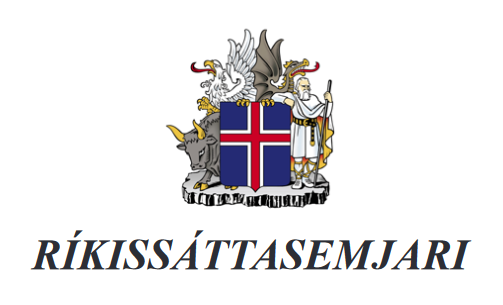Collective bargaining is one of the keys to public sector change in Iceland
Published in the Nr 25 - May 2020
CLOSE-UP
Within the OECD, Iceland has the largest number of employees who are union members: 91.8% across all occupational sectors in 2018. The figure is similar for the 40,000 public sector staff who are represented by four federations (BSRB, SGS, BHM and Efling).
The right to negotiate terms of employment and other labour-related matters is enshrined in Article 75 of Iceland’s Constitution. An Act, adopted in 1986, sets the conditions for organising and applying collective bargaining agreements specific to the government.
To address special requirements for each level (national and local), negotiations are handled by two ad hoc committees comprising representatives from the Ministry of Finance and Economic Affairs for the government (or the Association of Local Authorities) and professional federations.
In the event of a disagreement, the case is referred to the State Conciliation and Mediation Officer (SCMO), an independent authority whose role is to mediate in labour disputes to help the parties reach a compromise, monitor prospects on the labour market and keep a record of all wage agreements in effect in the country.
.

Should this procedure fail (which only rarely happens in reality), a district court is designated to rule on the dispute. It may decide to maintain in force an agreement which has reached its term and also accept claims from one or other of the applicants who may lodge an appeal with the Supreme Court.
In practice, these arrangements have primarily served to reduce the number of cases (12 between 1985 and 2010) where the government has suspended a strike by having an act adopted by Parliament on the grounds that it is “substantially harming the country’s economy and its citizens”.
In 2018, the Mediator introduced training focusing on factors such as the legal framework, the accountability of committees, the economic climate, feedback from other countries, negotiating techniques and teamwork.
Although wages are often the cornerstone of these agreements, which are essentially three-yearly, they may cover a wide range of issues (organisation and working hours, leave, training, health and safety).
In 2017, public employers undertook to gradually review staff’s wages when there are gaps with the private sector for the same occupation and/or qualifications.
In 2015, an experiment for shorter working weeks (four-hour reduction) was introduced by Reykjavik city. It was supported by the majority BSRB union. Encouraged by a positive assessment of employees’ wellbeing, it was decided to extend this project, which is called “Betri vinnutími”(1), to other government departments by adding a provision for it when agreements are renewed.
1 “Betri vinnutími” (improvement in working hours). The number of hours per week has been reduced from 40 to 36 (and from 36 to 32 for continuous temporary staff or shift workers.
- For more information: rikkisattasemjari.is (in Icelandic), (machine translation into English)
